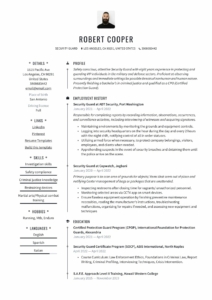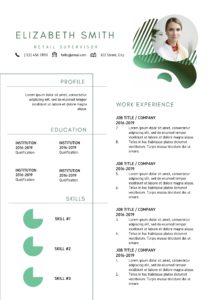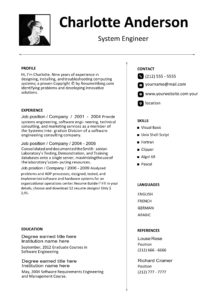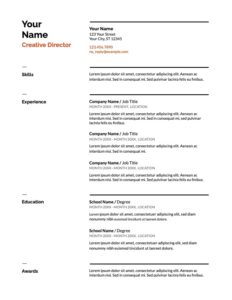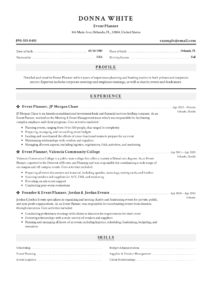
Getting those resume basics right is imperative to keeping your resume in the loop when those first seconds of screening take place. To not miss out on the basic essentials, we created the ultimate Resume Cheat Sheet 2023 for you.
Your resume should conform to generally accepted standards pertaining to grammar, sentence construction, content formatting, and layout. Otherwise, the “sounds of silence” will be your only form of feedback received. No infographic, video link, quirky meme or pretty timeline diagram can replace the value of proper solid grammar, professionally worded content and perfect spelling.
Let’s navigate through the 15 fundamentals of resume essentials. These are the resume components which can make or break the impression from a recruiter or hiring manager, during the screening process.
The Ultimate Resume Cheat Sheet for 2023
| 1.) | Grammar
|
| 2.) | Spelling |
| 3.) | Formatting
|
| 4.) | Length
|
| 5.) | Personal Particulars
|
| 6.) | Contact Details
|
| 7.) | Location
|
| 8.) | Employment Companies
|
| 9.) | Employment Dates
|
| 10.) | Job Descriptions
|
| 11..) | Reasons for Leaving
|
| 12.) | IT Skills
|
| 13.) | Qualifications & Certifications
|
| 14.) | Remuneration Details
|
| 15.) | References
|
What comes next?; Jazzing it up!
Time to move things up a gear and stand out from the applicant crowd. Using profile enhancement tools like Visualize.me, Biotemplates.com or Brandyourself.com to generate a top-notch bio profile which you can add to your resume and also to your social media platforms. These tools are free to use, but only works when you have created sufficient content in your basic CV draft.
Forget the boring old cover letter where you explain you hardworking, adaptable and dynamic you are and get scoring with a 30-second video bio instead.
The next point on the resume agenda is adding a few bells and whistles to the mix. Examples of these include the following:
| 1.) | Extra-Curricular Activities
|
| 2.) | Leadership Attributes
|
| 3.) | Achievements & Awards
|
| 4.) | Value Add
|
| 5.) | Creative Flair
|
Done is better than good……NOT
Recruiters and Hiring Managers recognize effort, and your resume should represent a certain level of effort to generate a return aka feedback and interviews.
The importance of a well-structured resume is undeniable. Expect a few do-overs; no-one gets it right the first time around.
The .docx, .xlsx, .pdf or .png resume file you are submitting could very well be the career passport that lands you the job you have always dreamed of.
